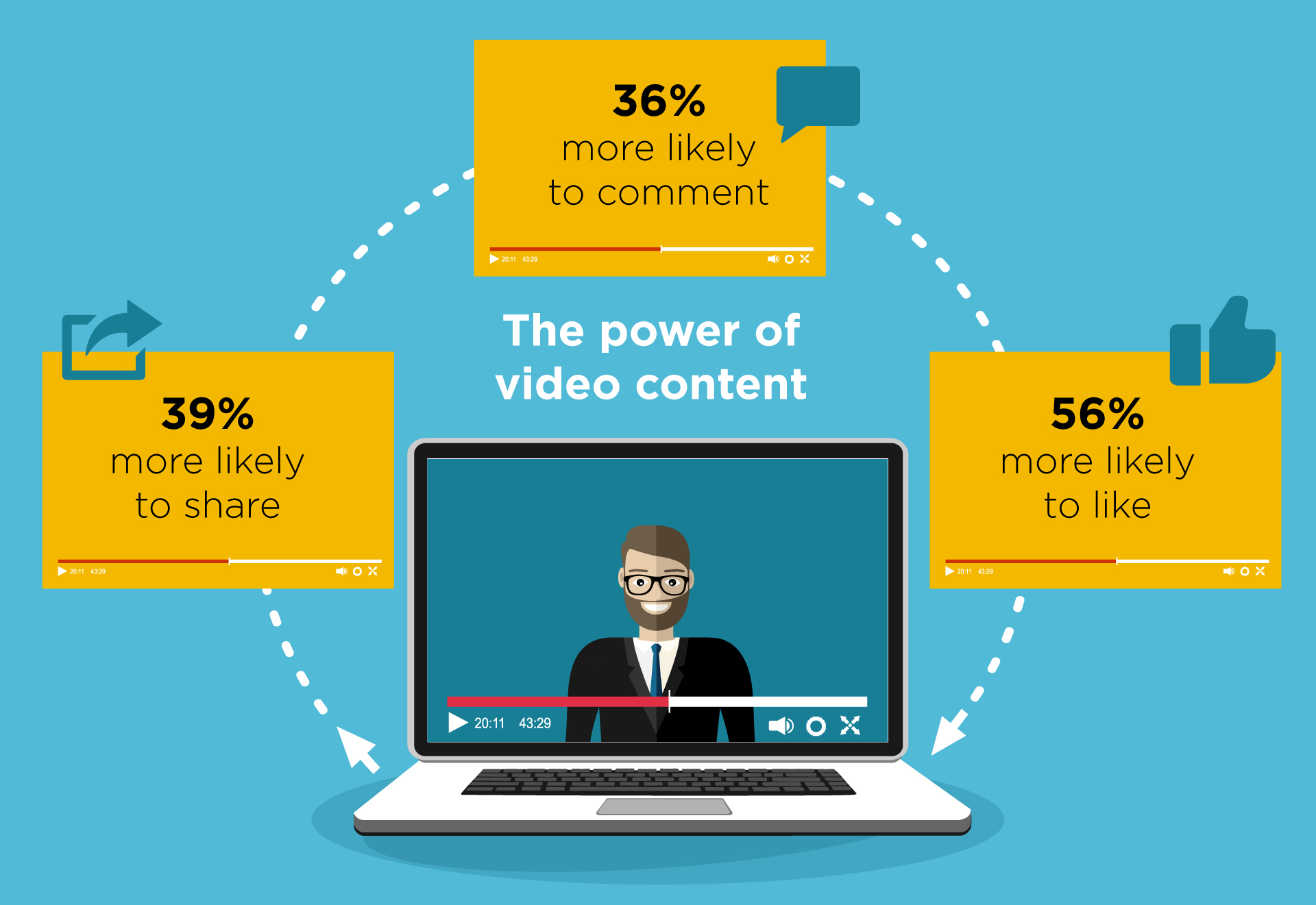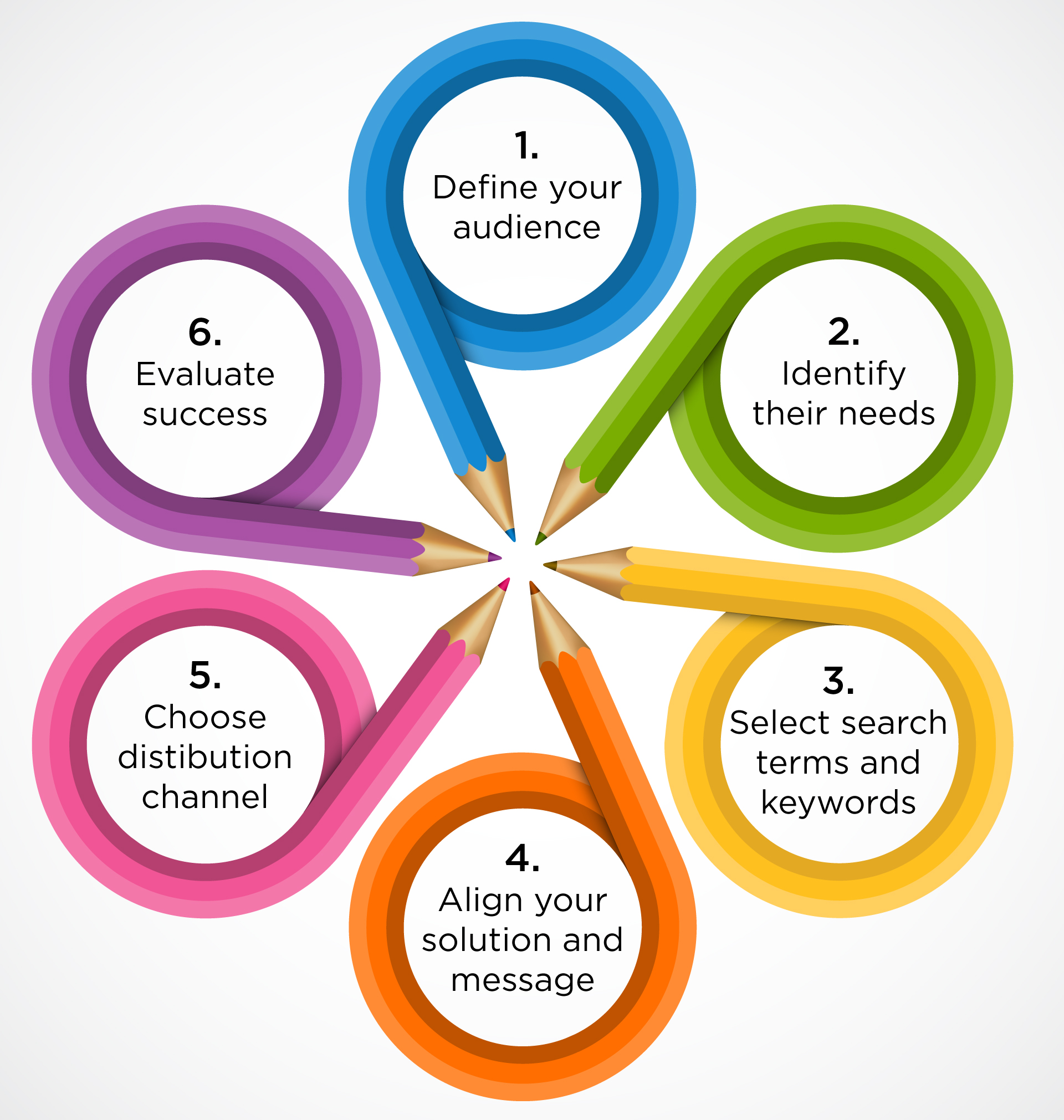As a digital marketer for a business with an internal communications emphasis, I have on occasion noted the similarities between the two fields, given the multitude of options and approaches available in both disciplines.
Much of my time is devoted to PPC (pay-per-click) marketing, and strategizing how best to approach the multitude of channels, messaging and budget distribution available.

This array of options is similar to those faced by internal communications professionals. However, rather than looking to impact on your direct persona, the main questions facing internal comms are:
- How do you get through to your staff?
- What is the best way of reaching them?
- How can you do this in a cost-effective manner?
In this blog, I examine the most significant areas impacting both disciplines, and the lessons that can be learned from each.
Do your research
In SEM (search engine marketing), as with marketing in general, research is essential in order to identify and engage with your audience.
In search PPC, this means targeting keywords most appropriate to the business needs of your audience, and bidding for ranking positions (and subsequently traffic) accordingly. What do they search for, and why do they do it?
The next phase is discerning how your message will resonate with them- what problem do they need to be solved? Aligning these two points is essential to getting your ideal prospects into your marketing funnel.
Getting your internal communications right is a similar process. You have to define how best to reach your staff, and what it is that will resonate. What is the nature of your business? How diffuse is your workforce- are they primarily office-based or do you have a number of remote workers? This will influence what communications medium you decide to use.
Notwithstanding your company intranet, you may consider WhatsApp to further foster a sense of community amongst your staff, or social media if you want to push an important news announcement. This will help to build a fraternal relationship between your staff on the basis of equals, and prevent remote workers from being considered second class citizens.
Content is king
To make your PPC marketing efforts stick, it is vital to have content which will connect with your target audience. This means having an identifiable brand, particularly when it comes to display “banner” advertising, which is aligned to the traits and preferences of your key persona. Fresh, iterative content is crucial to maintaining performance in this area, and preventing your message from becoming stale.
It is important not only to regularly improve and reiterate what you say, and how you say it, but also the medium which is used.
Video content is becoming increasingly prevalent, with research suggesting that visuals garner far greater levels of engagement than traditional text formats. Indeed, a recent survey suggests that when it comes to social media, consumers are 39% more likely to share content, and 56% more inclined to “like” it when it’s delivered via the medium of video.

The same can be said of your internal communications activities. With stiff competition for your employees’ attention from outlets such as Facebook, Twitter and Buzzfeed, which offer instant gratification to the consumer, the challenge has never been tougher. Indeed, it is reported that the average attention span has resultantly fallen from 12 to 8 seconds.
As with digital advertising, this competition means your messaging must be precise, succinct and instantly grab your readers’ attention. By utilizing video, or other engaging visual media such as infographics, you increase your chance of making your internal comms count.
Optimize your strategy
Optimization is crucial to the success of any digital marketing campaign. Each aspect of the campaign- from keyword selection and bid and advertising copy, through to landing page design and call-to-action text, offers a different variable which could impact performance.
By critically analyzing each stage of the process, using tools such as Google Analytics, heatmapping software (for eg Hotjar) and split-testing software such as Optimizely, you can make your marketing efforts more effective and lucrative. Third party monitoring software plays a crucial role in analyzing the efficacy of your cross-channel approach and highlighting where improvements are required.
It is important to assess which of your communications methods are most successful, and with what type of content. For example, a company-wide announcement about a new product line or recent customer win might typically be made via your intranet. In order to track the success of this, a program such as Interact’s intranet analytics package would allow provide detailed page data including visits, time spent on page and engagement statistics such as likes, shares and comments, which would allow you to ascertain how successful your internal comms efforts have been.

Getting the best possible ROI
One crucial element of any pay-per-click campaign is budget management. Irrespective of the size of budget available, it is important to allocate available funds proportionately to the relevant success of each channel.
By focusing on the best lead-generating activities, digital marketers are given the opportunity to drive the best possible return on investment for their activities as a whole. It may be that other avenues are retained, for example to reach a different audience or to promote brand awareness, but these would be secondary rather than primary activities. For example, your best-performing channel may be Google search advertising, so in this instance there would be a financial budgetary bias towards this at the expense of other potential outlets.
It is far more difficult to quantify return on investment when it comes to your internal communications. The output is less binary and conclusive, with employee engagement a far less tangible entity. That said, it is possible to measure success by defining your KPIs and determining what success looks like at the outset. Does success mean simply that the communication has been viewed, or is there an onus of further activity on the employee?
You may find that particular channels or formats of internal communication resonate better with specific demographics of employee, much like external marketing campaigns. For example, many organizations will find that social media streams such as Instagram or Snapchat appeal to younger audience demographics, while LinkedIn or Google search advertising are more relevant to senior level professionals.

Depending on the target audience of your internal communications, it may be necessary to prioritize particular channels or focus efforts where you have historically seen the greatest engagement. Do remote employees respond better to a push notification from your mobile app, rather than an email? Do shop floor employees engage better with user-generated content, rather than a management email?
Considering these questions and learning from analytics can help maximize success and ROI from your internal campaigns.
Move with current trends
Given the worldwide competition for marketing budgets between paid advertising outlets, there is an almost continuous stream of new options available to digital marketers. From Facebook’s carousel advert format to LinkedIn’s automatic lead generation forms, there are continuous innovations that may impact your strategy.
It may be that these have little impact on your returns, but equally could be the perfect mechanism for promoting a business’s USP to the market. Sticking with benchmarked methods means that you are potentially missing out new, more effective communications channels.
Likewise, this ever-evolving technological landscape continues to impact available internal comms options. It is important to note that just because engagement rates are good now does not mean that they will continue to be, or indeed that they would not be better via a different style or medium.
While new apps such as Slack might be more business appropriate, than, for example, Microsoft’s Skype For Business from a collaboration perspective, the same can be said for how you effectively disseminate information across your business. Once upon a time, email comms was seen as new and at the technological vanguard- times change and so do the nature and channels of your business communications.
So, venture outside your comfort zone and trial new and different avenues to capture your audience. Use A-B testing to gauge effectiveness, or consider running your internal campaigns on multiple channels simultaneously to gain maximum visibility. Flexibility can be powerful.
Conclusion
Both pay-per-click marketing and internal communications are at the behest of an ever-evolving technological landscape, and practitioners of both can learn lessons in how best to capitalize on these changes to continually improve their effectiveness. Whether it be trialling the newest Google ad style innovation or using video media for the first time, the most important thing is to give it a go. It might just revolutionize what you do.




